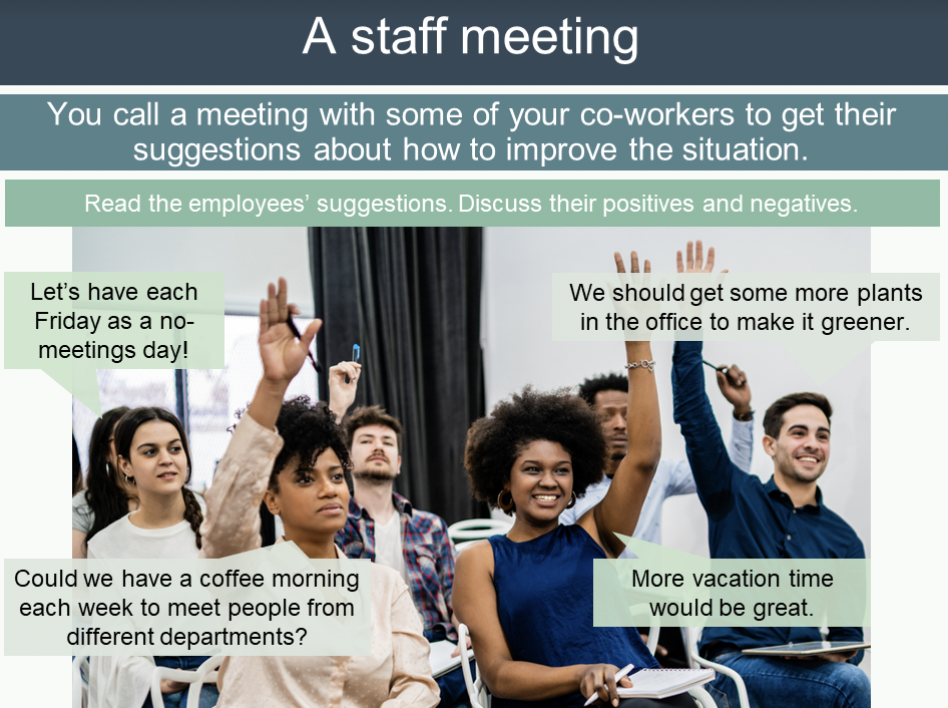5 min read
Share this post

As EFL teachers, we know the importance of students mastering the present simple. If our students do not master the tense, bad habits can persist for years. These habits also have implications when learning other tenses. It is not uncommon to find intermediate students that have a strong command of more advanced tenses, who occasionally miss the –s, –es and -ies endings for the 3rd person singular in the present simple.
The present simple has several challenging elements for EFL students. For most students, it is the first time they need to master a contraction. In the negative form, don’t and doesn’t can be quite a challenge to grasp. Don’t forget, that for many students, this will be the first time they’ve encountered several key elements of grammar including the question form, adverbs of frequency and question words (Who, What, When, Where, Why, How). The core use of the tense can also be confusing. We often teach the tense as primarily used for general truths and habits. Although this is true, in everyday speech we also use the tense in many more situations. All English speakers use the present simple to report events that occurred in the past such as actions in a movie or a book. You can also use the tense to speak about the future, when events are fixed or on a timetable (school starts tomorrow at 9am).
Please note, we do not cover the verb To-Be in our present simple series. To-Be is covered in its own set of lesson plans. Please refer to To-Be-1 and To-Be-2 filed under Verbs Simple.
Our first lesson plan (Present-Simple-1) introduces the tenses main uses for general truths and habits. This lesson plan starts with discovery exercises where you can assess your student’s current level and consider skipping to further lessons. We introduce the concept of separate endings for the 3rd person singular and irregular endings for verbs ending in –ch and -y.
Our second lesson plan (Present-Simple-2) introduces the use of adverbs of frequency (always, never, often, usually, sometimes) with the present simple. We also introduce the three most common irregular verbs in the tense (go, do and have) and the negative form.
Our third lesson plan (Present-Simple-3) further reinforces the negative form of the tense (including the use of contractions) and adverbs of frequency. We also introduce basic questions such as Do you like? and How often?
Our fourth plan in the series (Present-Simple-4) focuses on the question form and introduces the use of adverbs of frequency in questions. Students are asked to form questions using the adverbs.
Our fifth plan in the series (Present-Simple-5) introduces question words. Please note, if your student has never been introduced to question words, you should tackle our To-Be-2 lesson plan first. We also cover short answers to questions (Are you hungry? Yes, I am).
Share this post



Leave a Reply